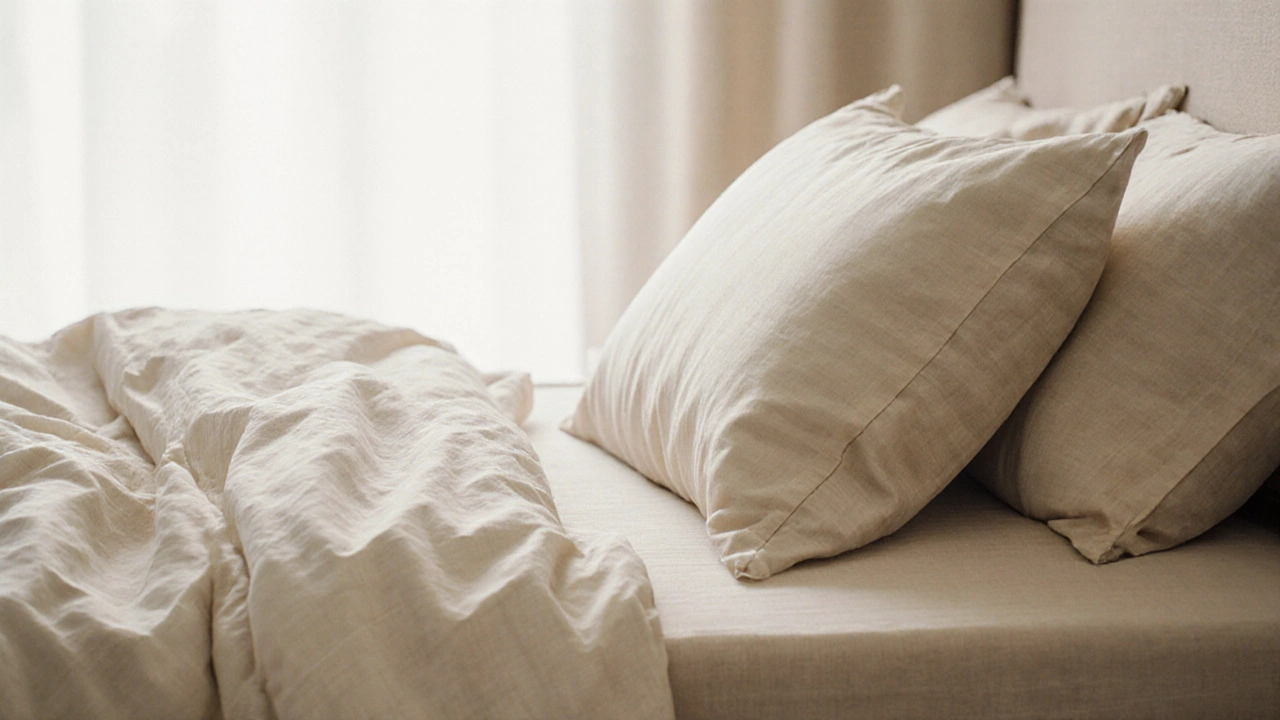When you see bedding thread count, the number of threads woven into one square inch of fabric. Also known as fabric density, it’s often used to suggest quality—but it’s not the whole story. A higher number doesn’t always mean better sleep. In fact, many brands inflate thread counts by using multi-ply yarns—twisting two or three thinner threads together to count as two or three threads. That means a 1200 thread count sheet might just be made of three-ply 400-thread yarn. Real comfort comes from the material, weave, and how the fabric feels against your skin—not just a big number on the tag.
What really matters is the cotton type, the kind of fiber used in the fabric. Also known as long-staple cotton, it includes varieties like Egyptian, Pima, and Supima. These fibers are longer, smoother, and stronger than short-staple cotton, so they can be spun into finer, more durable threads without needing a crazy high count. A 300-thread-count sheet made from long-staple cotton will feel softer and last longer than a 600-thread-count sheet made from cheap, short-staple cotton. And don’t forget the weave, how the threads are interlaced. Also known as fabric construction, it plays a huge role in breathability and durability. Percale weaves are crisp and cool, perfect for hot sleepers. Sateen weaves are silky and warm, great for colder nights. Thread count barely affects these differences—it’s the weave that does.
Most experts agree that 200 to 400 is the sweet spot for bedding thread count. Below 200, the fabric can feel thin or rough. Above 400, you’re often paying more for marketing than comfort. The best sheets balance fiber quality, weave, and a realistic thread count. Look for brands that say what kind of cotton they use—not just "premium" or "luxury." Check if the label mentions single-ply yarn. And if you can, touch the fabric before buying. Does it feel smooth, not sticky or plasticky? That’s the real test.
Thread count isn’t useless—it’s just often misused. When you understand what it actually tells you (and what it hides), you stop chasing numbers and start choosing sheets that truly improve your sleep. Below, you’ll find real guides on sheet quality, what to avoid, and how to pick bedding that lasts years—not just seasons.

Type 4 bedding is made from extra-long-staple cotton like Egyptian, Pima, or Supima. It's the softest, most durable option for sheets that get better with age. Learn how to spot real Type 4 and why it's worth the investment.
